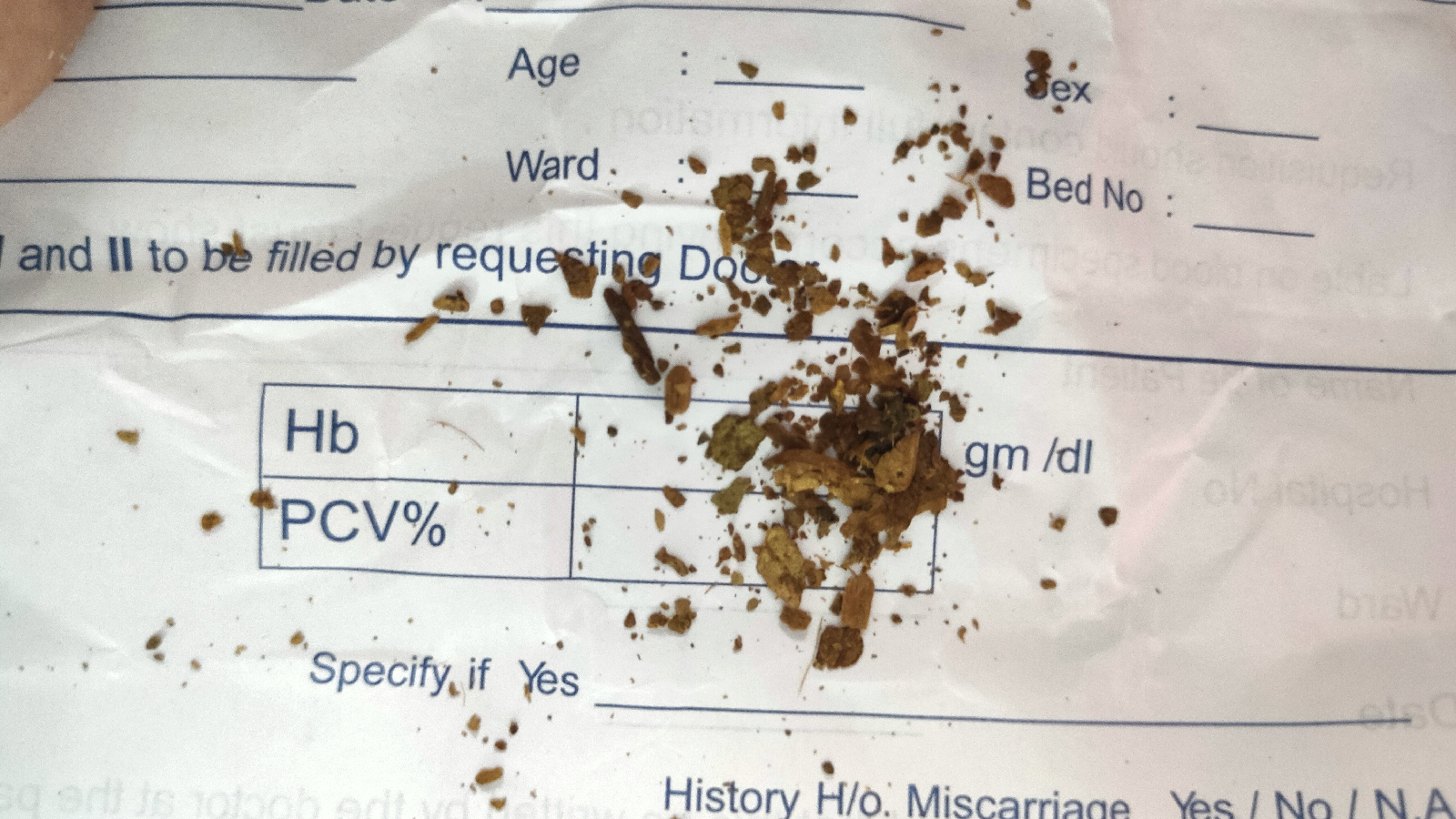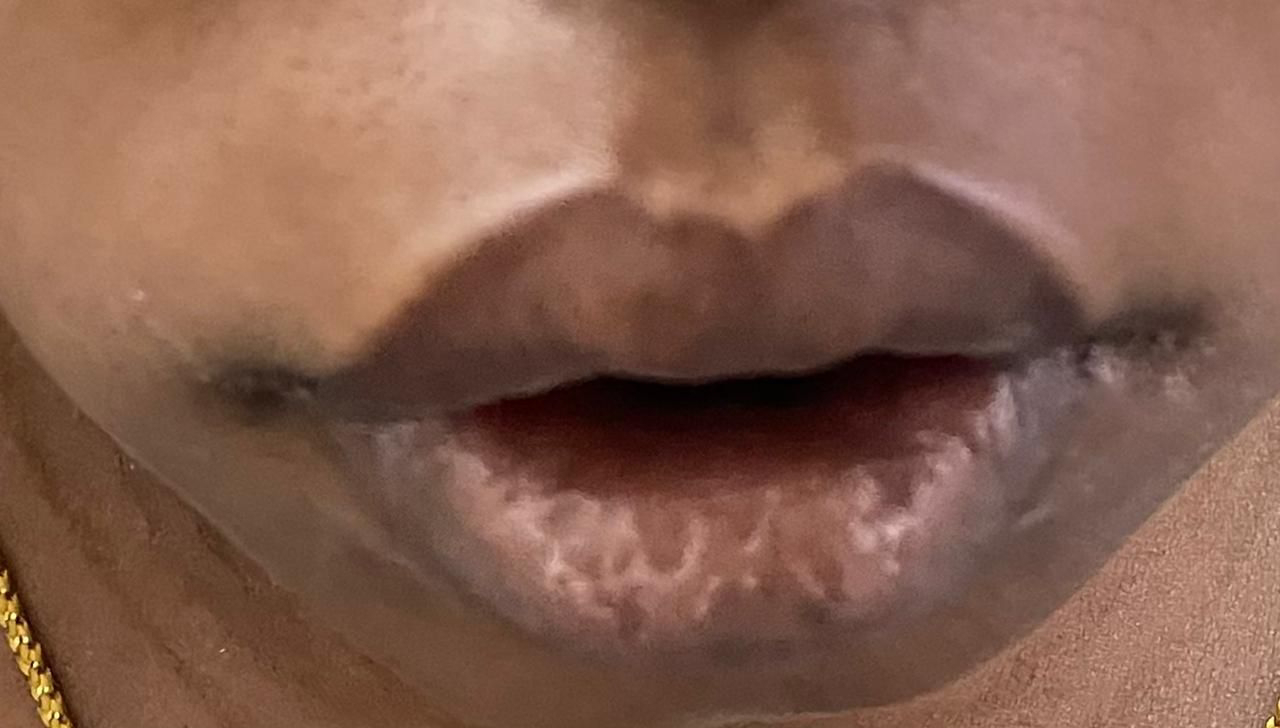I've been given this case to solve in an attempt to understand the topic of "patient clinical data analysis" to develop my competency in reading and comprehending clinical data including history, clinical findings, investigations and come up with a diagnosis and treatment plan.
You can find the entire real patient clinical problem in this link here..
https://himabindu5.blogspot.com/2020/05/hello-everyone.html.
BRIEF HISTORY OF THE PATIENT AND HIS PROBLEMS IN ORDER OF PRIORITY:
1.Shortness of breath since 2months
2.Palpitations since 2 months
3.Chest pain since 2 months
4.Bilateral odema upto knee since 1 week
1.Shortness of breath:-
Duration:2 months
Gradually progressive ,Grade 3-4( dyspnea even on rest)
Associated with PND ,which increased since 10 days
History of shortness of breath of grade -2 5years ago.
✓Cause of the dyspnea:-
https://www.mayoclinic.org/symptoms/shortness-of-breath/basics/causes/sym-20050890
•The respiratory causes can be ruled out as complaints of cough with expectoration, hemoptysis, Fever are absent .
• No History of any poisoning , Infections, Trauma ,allergic reaction.
-From the above, we can localize the cause to cardiovascular system.
2.Palpitations:-
https://www.webmd.com/heart-disease/atrial-fibrillation/ss/slideshow-heart-palpitations-causes
From the above link, we can localize the cause to the heart problem.
3.Chest pain:-
Duration:2 months
Localized to left side
Non-radiating type
4.Bilateral swelling of legs upto knee:
The cause of edema can be:1.Cardiovascular cause
2.Renal cause
3.Low albumin levels
• Renal cause can be ruled out as there is no periorbital odema, lower back pain, difficulty in passing the urine
•As LFT ,show normal albumin levels ,it cannot be due to low albumin levels
From the above,we can localize to Cardiovascular cause
ANATOMICAL LOCALIZATION : Based on the complaints and findings ,we can localize to Heart.
PATHOPHYSIOLOGY IN THE LOCATION:
KEY EXAMINATION FINDINGS:
✓Respiratory system:
- Wheezing in right side (could be because of Heart Failure)
- Coarse crepitations in right side (indicating Pulmonary oedema)
These findings indicate that there could be Left Heart Failure.
✓ CVS:
i) Peripheral Examination-
a) Pulse: Normal rate, Irregularly irregular rhythm with no apex pulse deficit, feeble.
This could be because of the following causes:
- Atrial Fibrillation
- Atrial Tachycardia
- Feeble pulse could be because of heart failure, shock, mitral stenosis
b) JVP: Increase in JVP with large 'a' waves. Causes for this are: Any condition in which more force is required for blood to enter into Right ventricle from Right atrium.
- Tricuspid stenosis
- Right Ventricular hypertrophy
- Right Atrial Tumour
- Pulmonary hypertension
ii) Examination of the precordium:
a) Inspection:
- Slight kyphosis of the back
b) Palpation:
- Apex beat is displaced downwards and outwards (indicating chronic Left Ventricular failure, could be because of the kyphosis also).
- Parasternal heave (indicates Right ventricular hypertrophy)
c) Auscultation:
- Loud S1 in mitral area (could be because of mitral stenosis).
- Splitting of S2 in pulmonary area with loud P2 (could be because of Pulmonary artery hypertension).
- CBP- showed Microcytic hypochromic anemia with neutrophilia
- Elevated blood urea
- Elevated uric acid
- Elevated Calcium
- Elevated Phosphorus
Patient also gives a history of oliguria.
This indicates that there is decreased blood supply to the kidneys causing them to shut down. This is because of Chronic heart failure.
- Elevated total bilrubin levels.
- Elevated alkaline phosphatase. This may be due to impaired perfusion due to low cardiac output causing ischemic hepatitis.
- Absent p waves (Indicates atrial fibrillisation).
- Right axis deviation (indicates Right ventricular hypertrophy).
- ST elevation in V4,V5,aVR (indicating Lateral wall MI). Because of this, troponin levels were also investigated which was negative •Chest X ray (PA view)-
- Cardiomegaly
- Hypertrophy of left ventricle, right atrium and right ventricle.
- Mitralisation of heart means straightening of left border of heart and is due to Convexity due to dilated pulmonary artery (Pulmonary Hypertension)
Left atrial appendage becomes prominent and produces a convexity.
4. Double contour of right border of heart
5. Evidence of pulmonary hypertension- Dilated pulmonary arteries
- Fish mouth appearance of the mitral valve (suggestive of Mitral stenosis).
- Calcified mitral valve
- Thickened immobile cusps
- Reduced valve area
After investigations I can confirm that this is a case of MITRAL STENOSIS CAUSING HEART FAILURE.
COMPLICATIONS OF MITRAL STENOSIS IN THIS CASE:
1.ATRIAL FIBRILLATION
2.PULMONARY HYPERTENSION.
How Mitral valve stenosis lead to Pulmonary hypertension ,Atrial fibrillation,Elevated Bilirubin,Pedal odema ???
Other investigations required :-
1.Transthoracic echocardiogram to assess the orifice area.
TREATMENT:
1.INJ.LASIX - It is diuretic given to reduce the odema
2.Oxygenation to maintain spO2 above 95%- Can be given if hypoxic
3.Nebulization with budecort -It is a corticosteroid given to treat dyspnea
4.Fluid and salt restriction
5.Inj.amiodarone - To treat any secondary infections
6.Inj.pantop 40mg/OD/iv
✓ Anticoagulant therapy is required as there is risk of thromboembolism.
✓Percutaneous balloon mitral valvulotomy.
✓ Mitral valve replacement.
Questions ?
1.Why thromboembolism occurs in case of stenosis ?
REFERENCES:-
https://himabindu5.blogspot.com/2020/05/hello-everyone.html?m=1



Comments